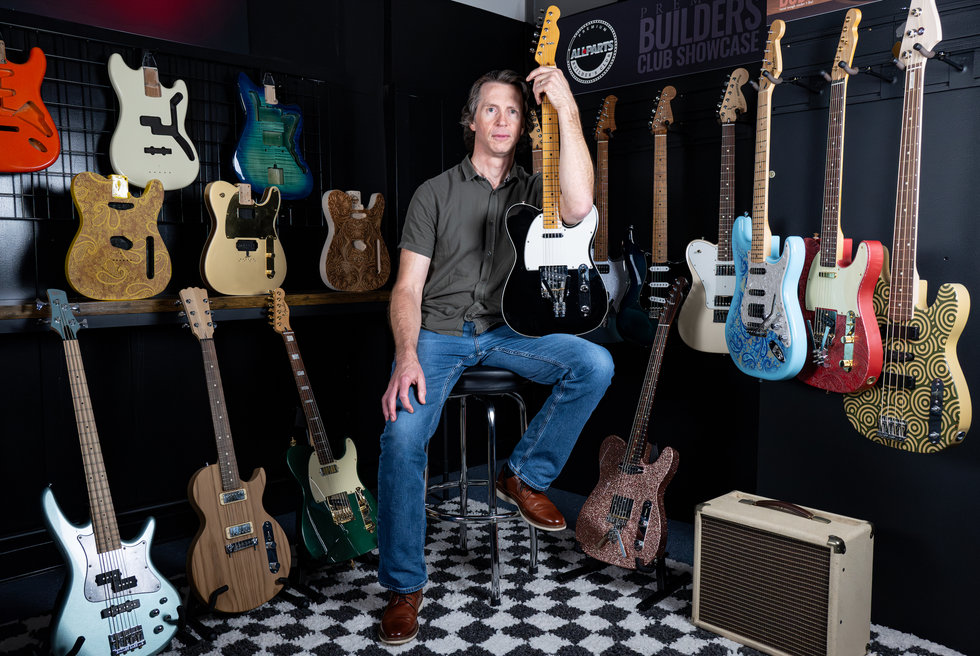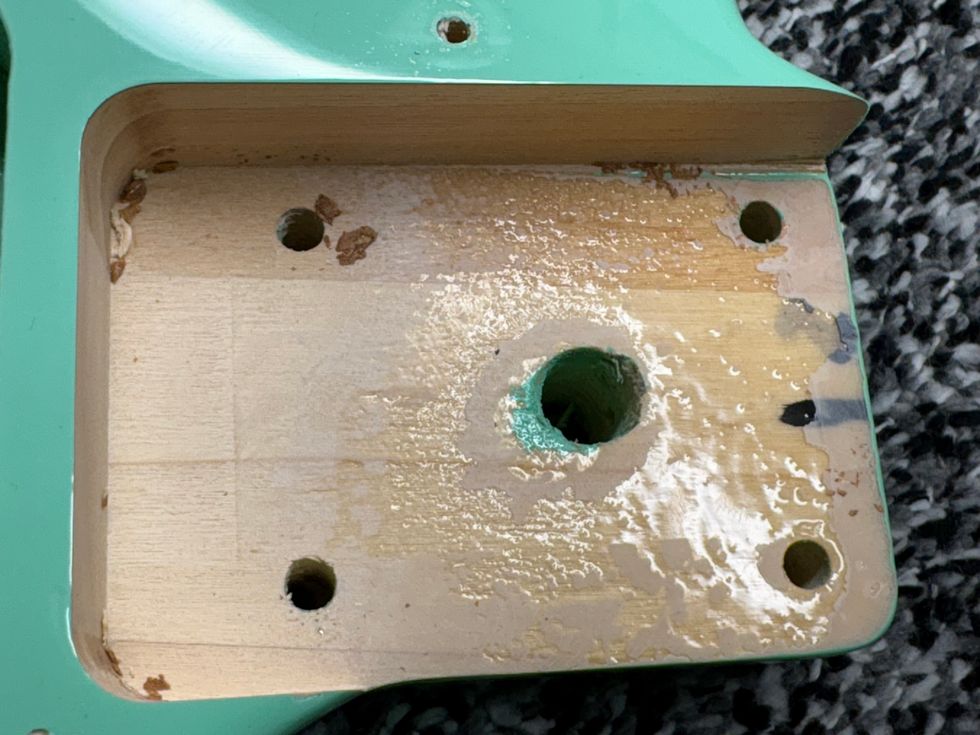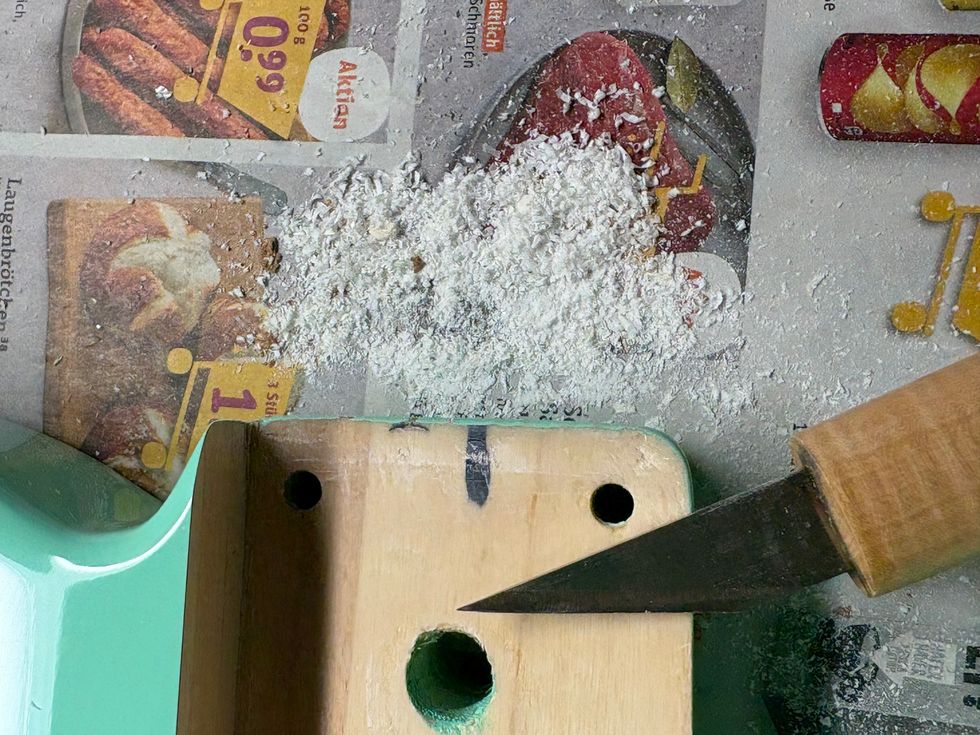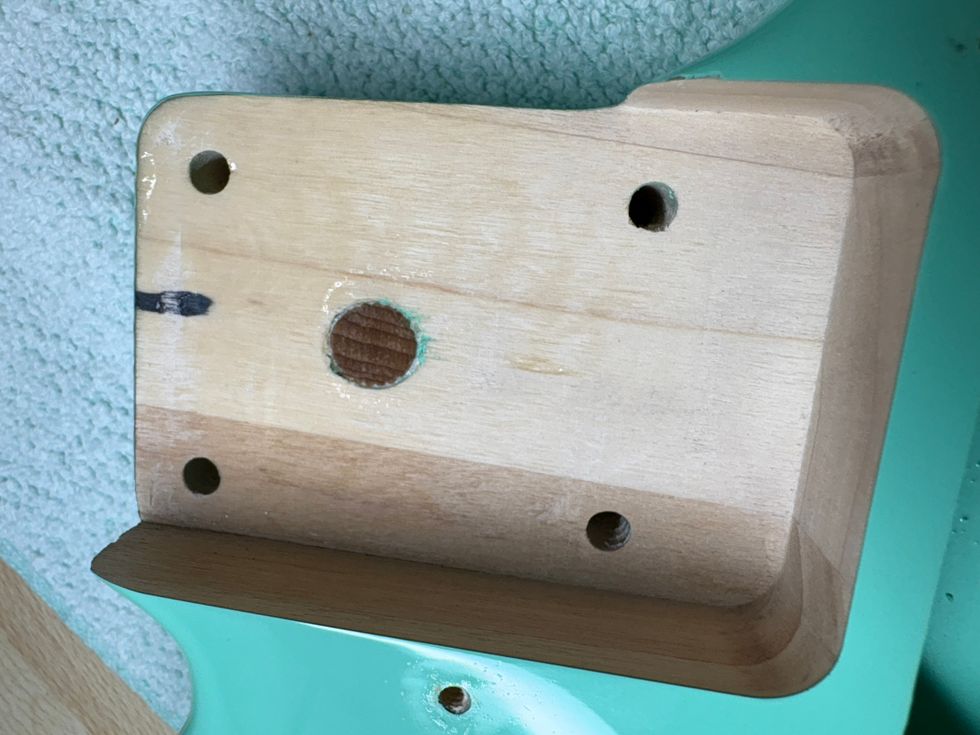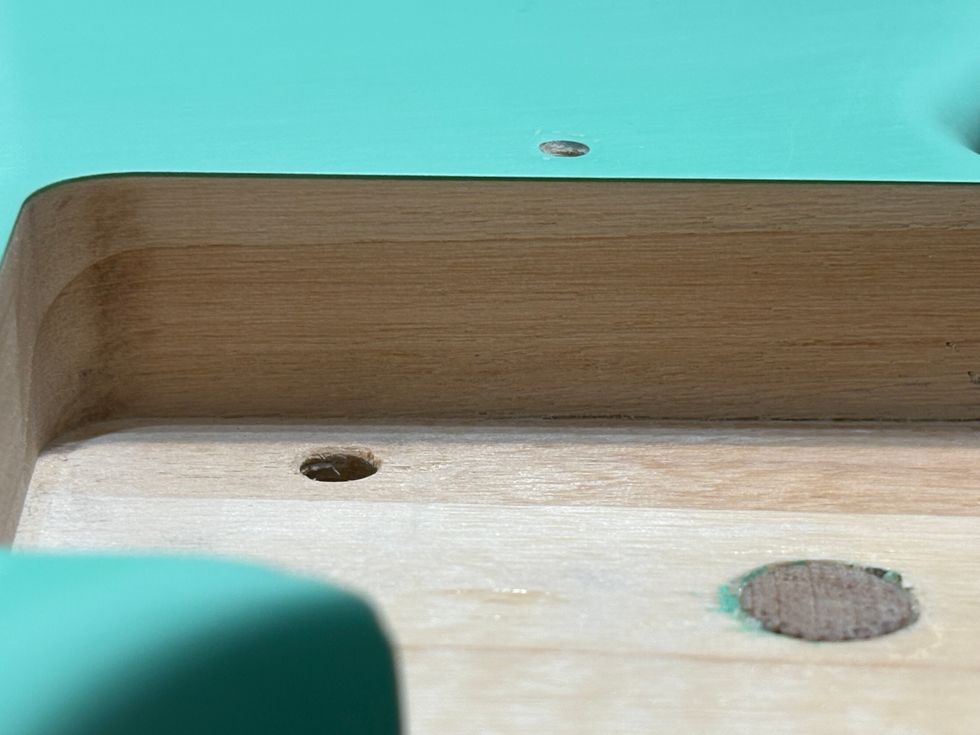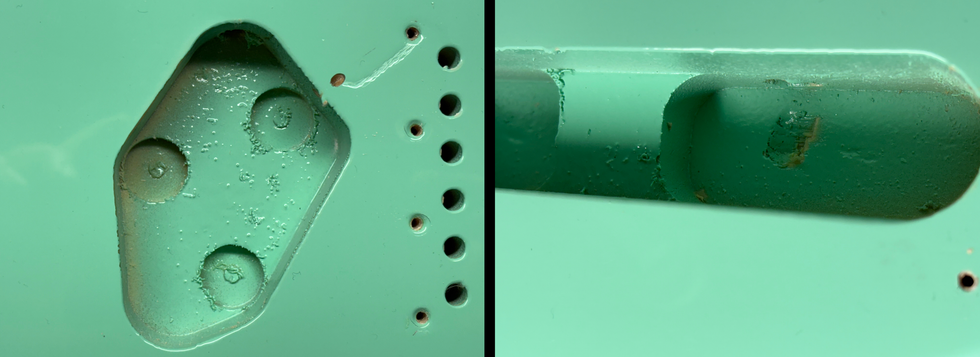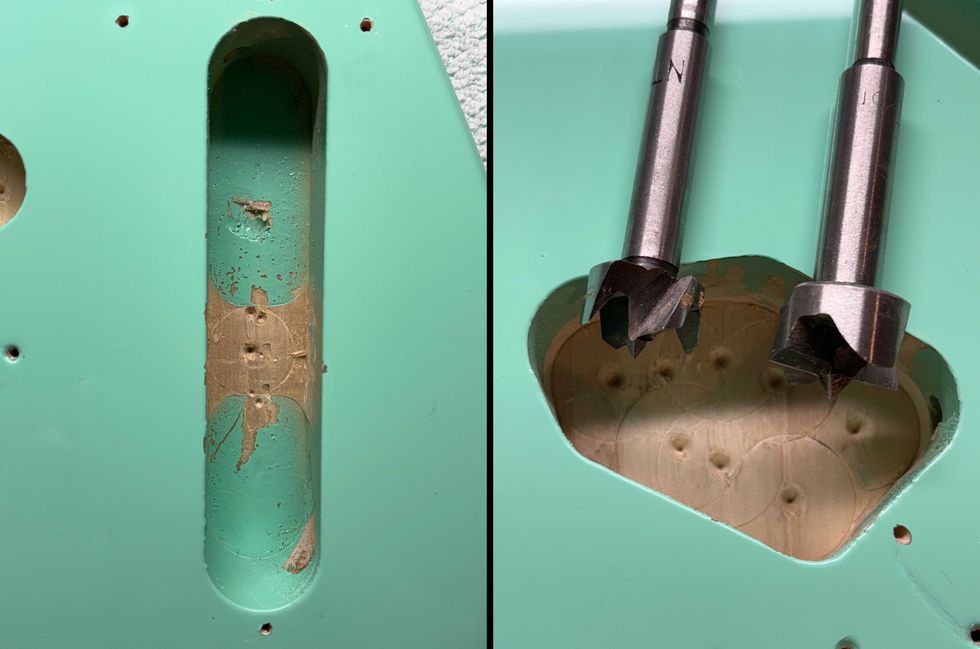  |
| First I want to say I have been with Premier Guitar since it was about 20 pages long and called Musicians Hotline. Much respect for sticking with the mag, and much respect to all who help get these articles into PG. I enjoy columns like yours and Toshi Iseda’s lessons, and I also like to look at amps and dream Budda, Budda, Budda. My question is actually about the same type of amp discussed in the most recent “Ask Amp Man” column, a JCM 800 2205 head. I have a 1986 1x12 combo version of the JCM 800 (aka the 4010). It’s the same basic head, I believe, except of course it’s flipped upside down and is a 1x12 combo – it still has two 8-ohm speaker outs. I also believe it has three preamp tubes and two power tubes. My question is concerning the power tubes. I got the amp practically new. It had the stock 12AX7 tubes in the preamp (three of them, of course) and a duet of 6L6GT Groove Tube brand tubes in the power section. I am sure they are 6L6GT, not 6V6s. But when looking online to buy tubes I see all the sites list the tubes for the JCM 800 as either 5880 or 6V6 tubes. I have seen a few personal pages where people have 6L6 tubes in a JCM 800 50-watt combo or the same head version. Did the JCM 800 (manufactured in 1986) come with a configuration of 6L6 power tubes? I am concerned the previous owner might have mistaken 6V6s and 6L6s. The socket for the power tubes have no sign of mod and the amp was so new when I got it – it even smelled new. What about EL34s? Could this person have put these in (without care or knowledge of possible damage) as a “mod” to get a different sound? Hopefully you’ll have some kind of answer to my dilemma. The tubes I see for sale and listed in the Marshall handbooks are EL34 – nowhere in the JCM 800 official manual did I see any models with 6L6 tubes as stock. I need to buy tubes and don’t want to drop 70 or more bucks on the wrong tubes. Please help, Jeff Budda! - Sam |
Hello Sam,
First, let me thank you for your kind words regarding my column and Premier Guitar. I’m sure the staff and all the contributing writers appreciate your kind words as much as I do. Now on to your question.
What I believe you have there is basically a Marshall 2203 chassis in a 1x12 combo configuration – a very basic circuit that was responsible for the Master Volume Marshall sound of the ‘80s. The problem, however, is that it has the wrong output tubes installed. I don’t know of any 50-watt Marshall from that era that came stock with 6L6 tubes. Normally, most Marshalls during that time were produced using EL34 output tubes, with the exception of some units produced for the U.S. market. During the mid ‘70s and for a period of about ten years, Marshall shipped U.S. bound units with 6550 tubes installed in place of the standard EL34. This was due to distribution and warranty agreements that were in place at that time, but I won’t go into detail. The 6550 tubes did not generate the same characteristic “Marshall tone” that the traditional EL34s did, and while some “heavier” guitarists preferred them for their increased top and bottom end, most players wanted the more traditional tone of the EL34s.
Okay, that’s a bit of information that so far has nothing to do with your question, but let me see if I can tie it all together for you. My theory is that your amp possibly came with 6550s, and either the original owner, or the store that you purchased it from, attempted to improve the tone of the amp by installing 6L6 tubes in place of the 6550s.
Why not just install the EL34s, you ask? Because that would require a modification to the bias supply in order for them to be biased properly, however 6L6s will bias up with pretty much the same voltage that is required for 6550s. Who knows, they may not have even re-adjusted the bias at all, electing to simply install a set of 6L6 tubes in search of a better tone. The good news here is that all of these tubes can be installed in the existing tube sockets with no modifications, and EL34s can be installed in the amp with just a minor alteration to the bias supply. Take your amp to any experienced amp technician and he should easily be able to make the necessary resistor change in the bias supply, install and bias a new pair of EL34s, and get your amp back on the right track.
Hopefully that will suffice until your dreams of a Budda come true. Enjoy.
Jeff Bober
Co-Founder and Senior Design Engineer – Budda Amplification
jeffb@budda.com
www.budda.com
©2007 Jeff Bober

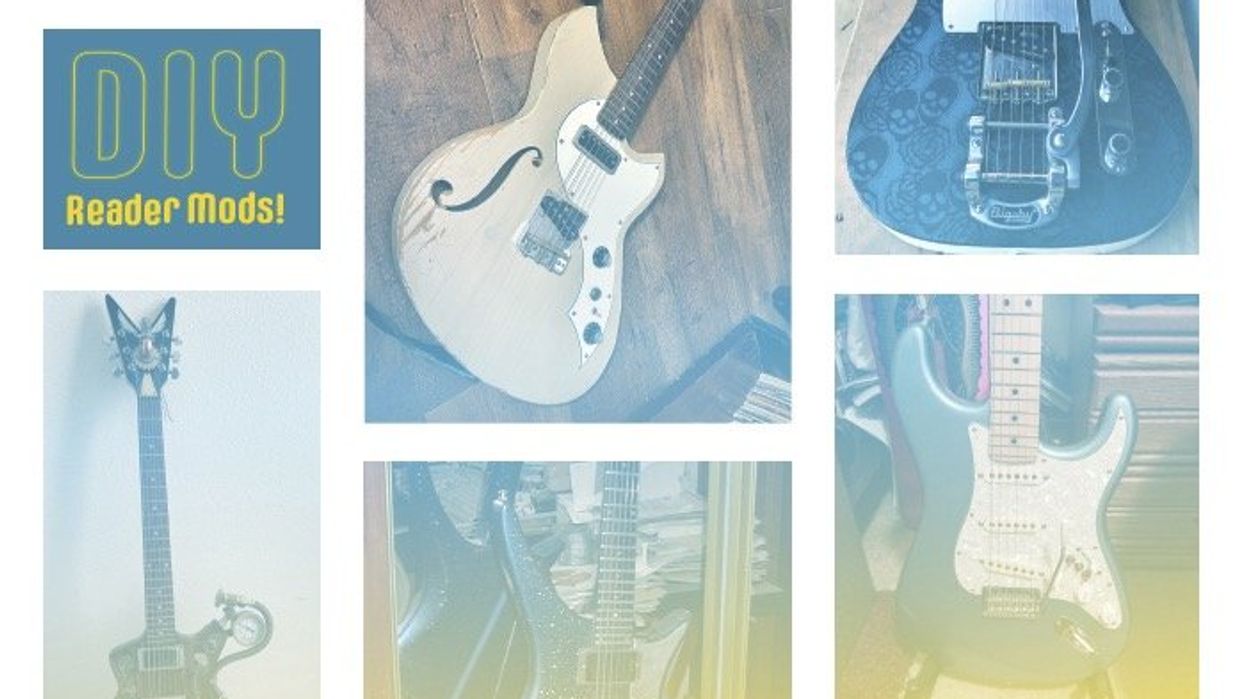
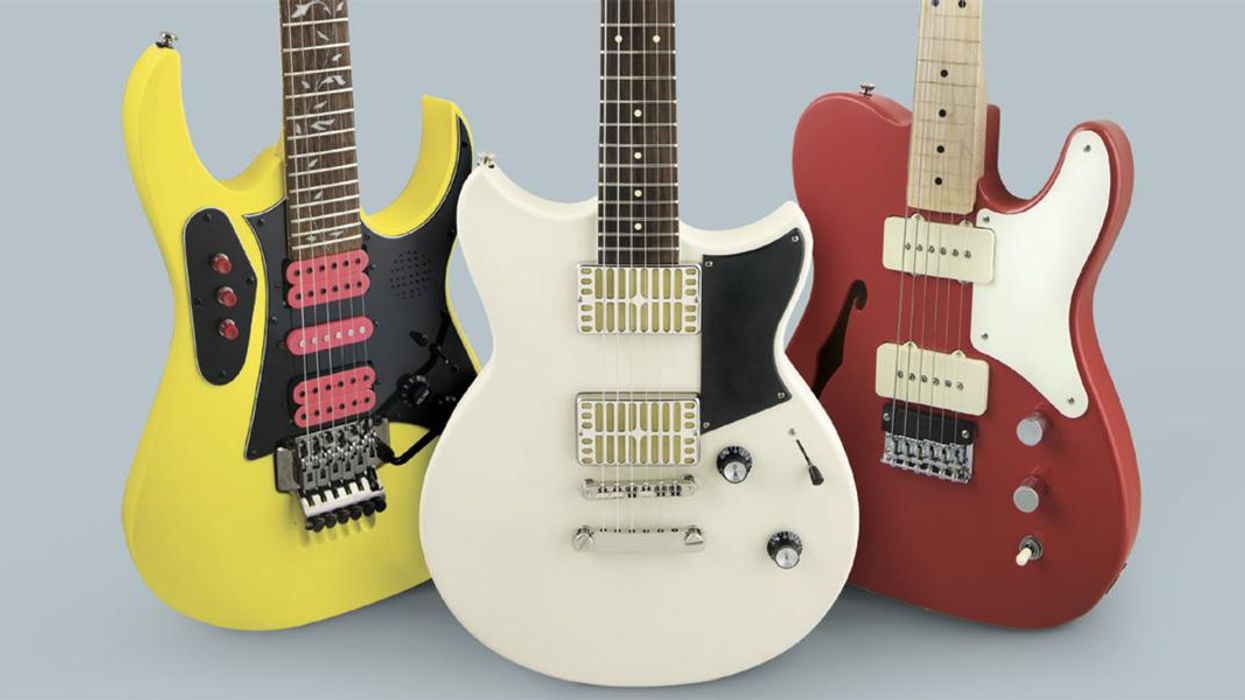
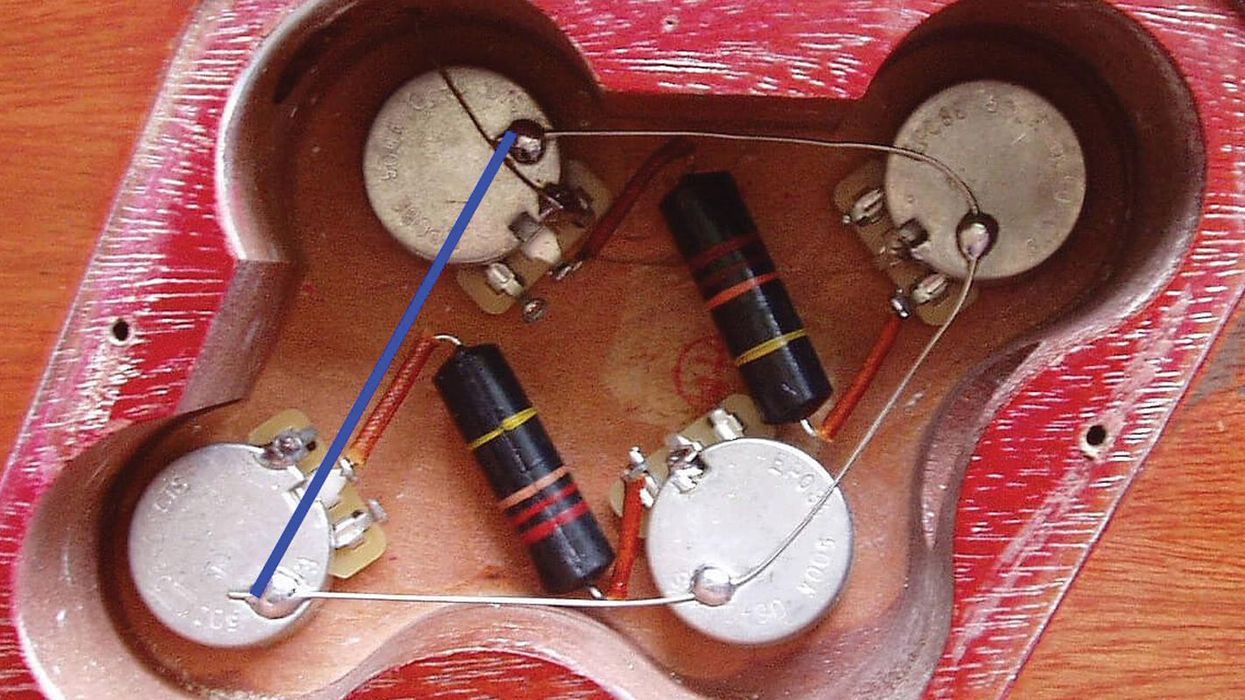
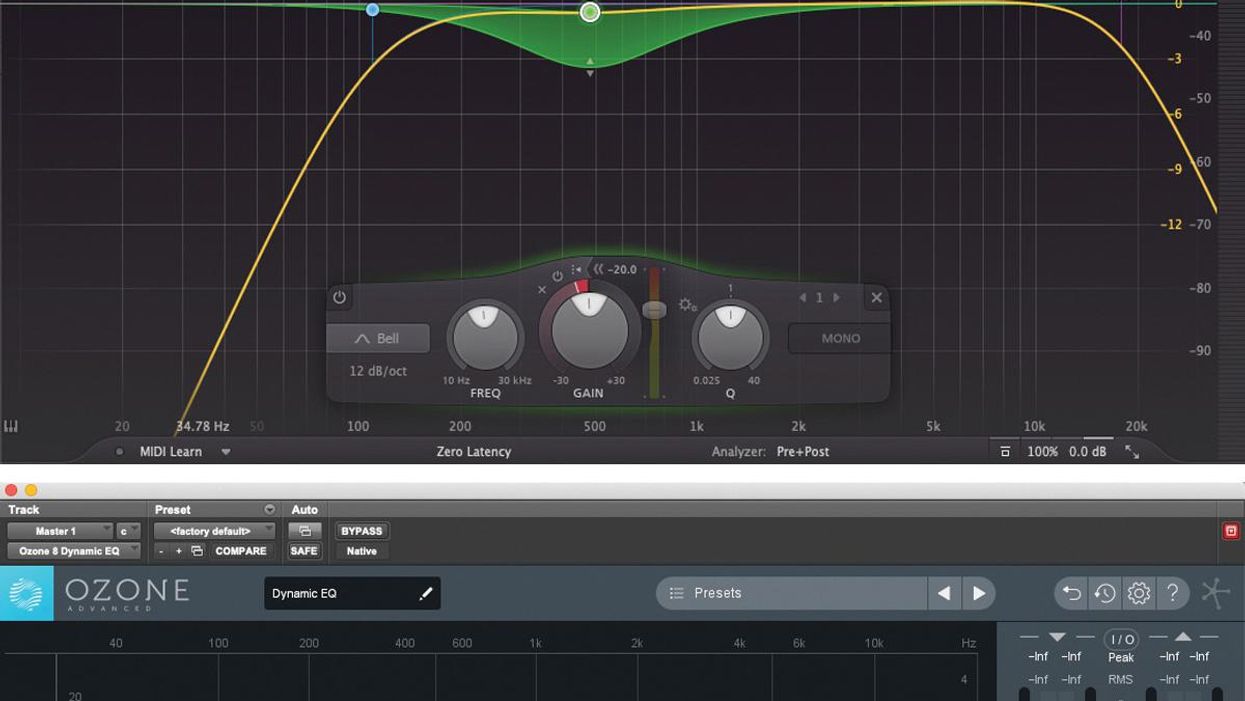







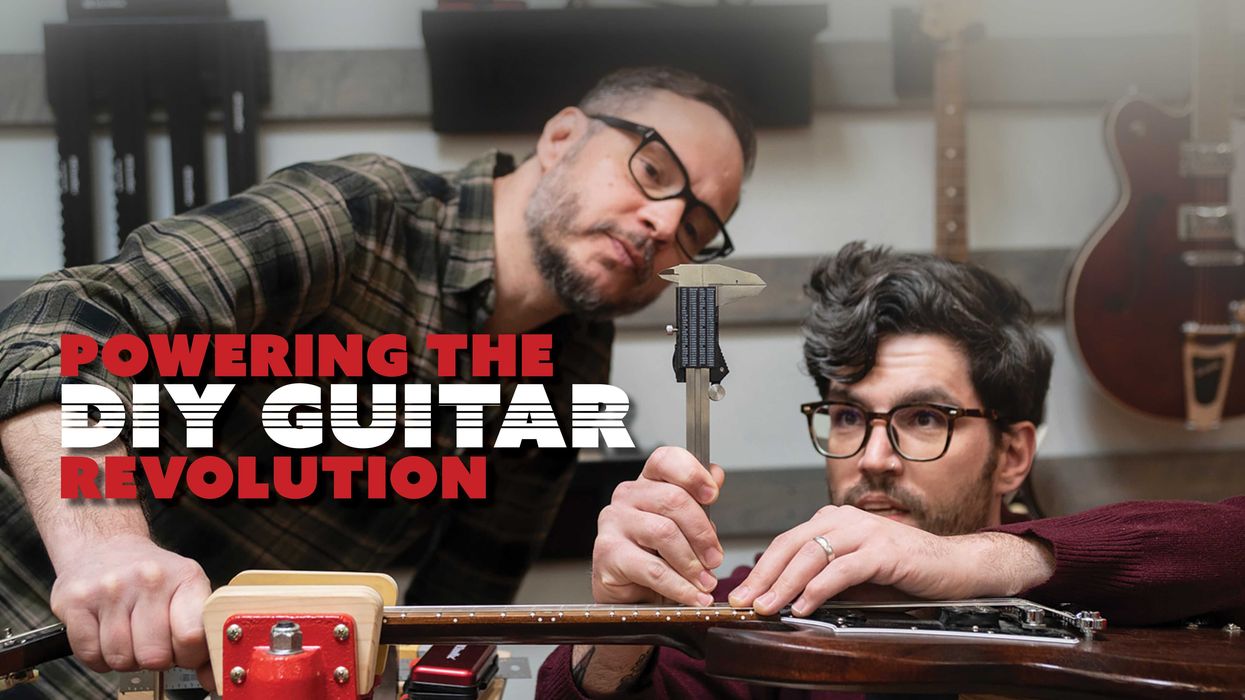
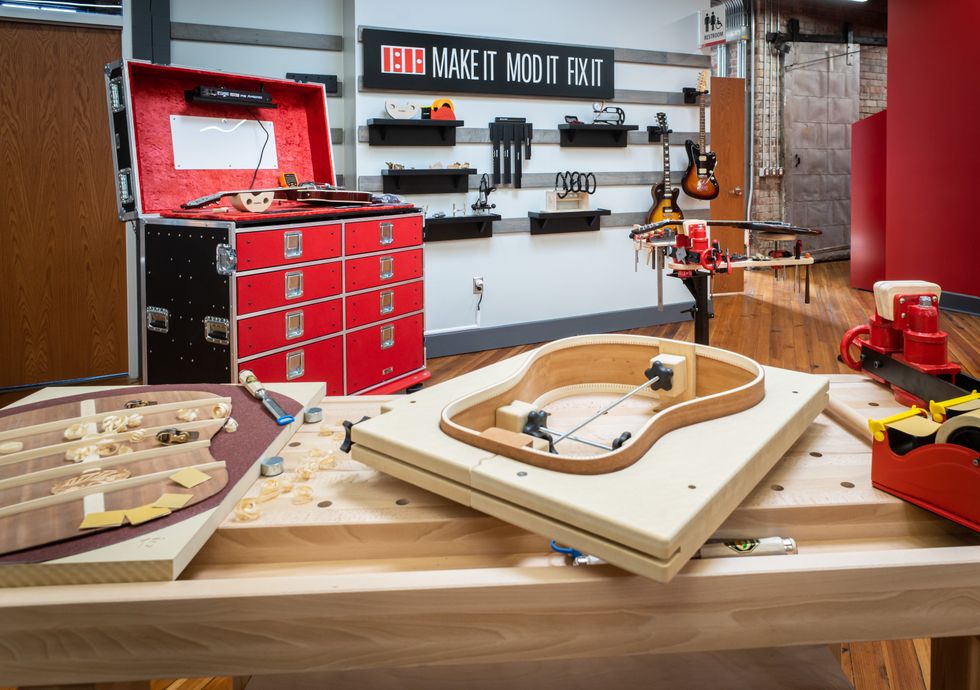

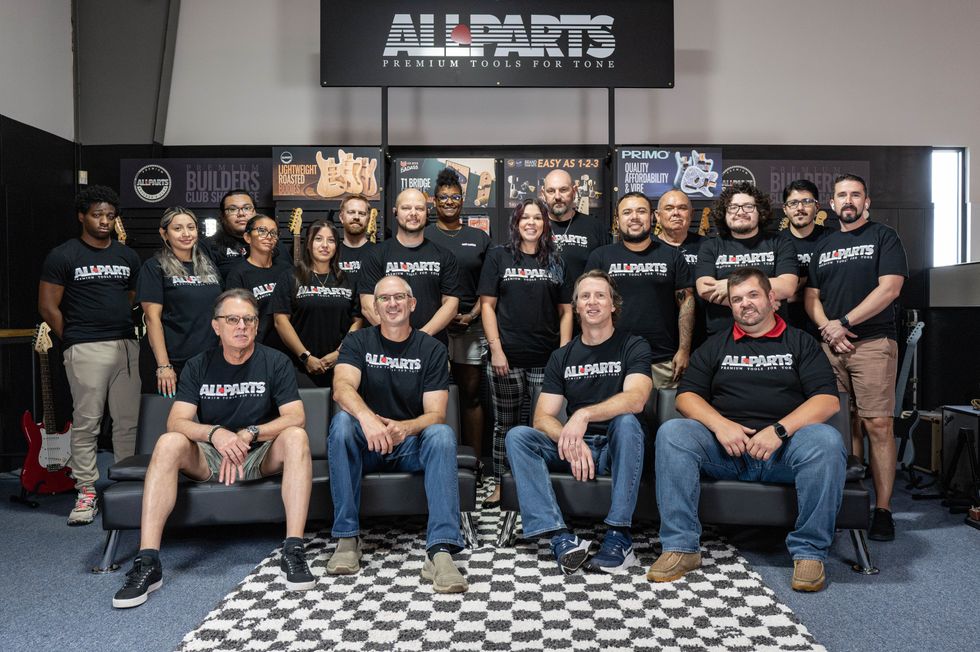 The Allparts team at their Houston warehouse, with Dean Herman in the front row, second from right.Photo by Enrique Rodriguez
The Allparts team at their Houston warehouse, with Dean Herman in the front row, second from right.Photo by Enrique Rodriguez